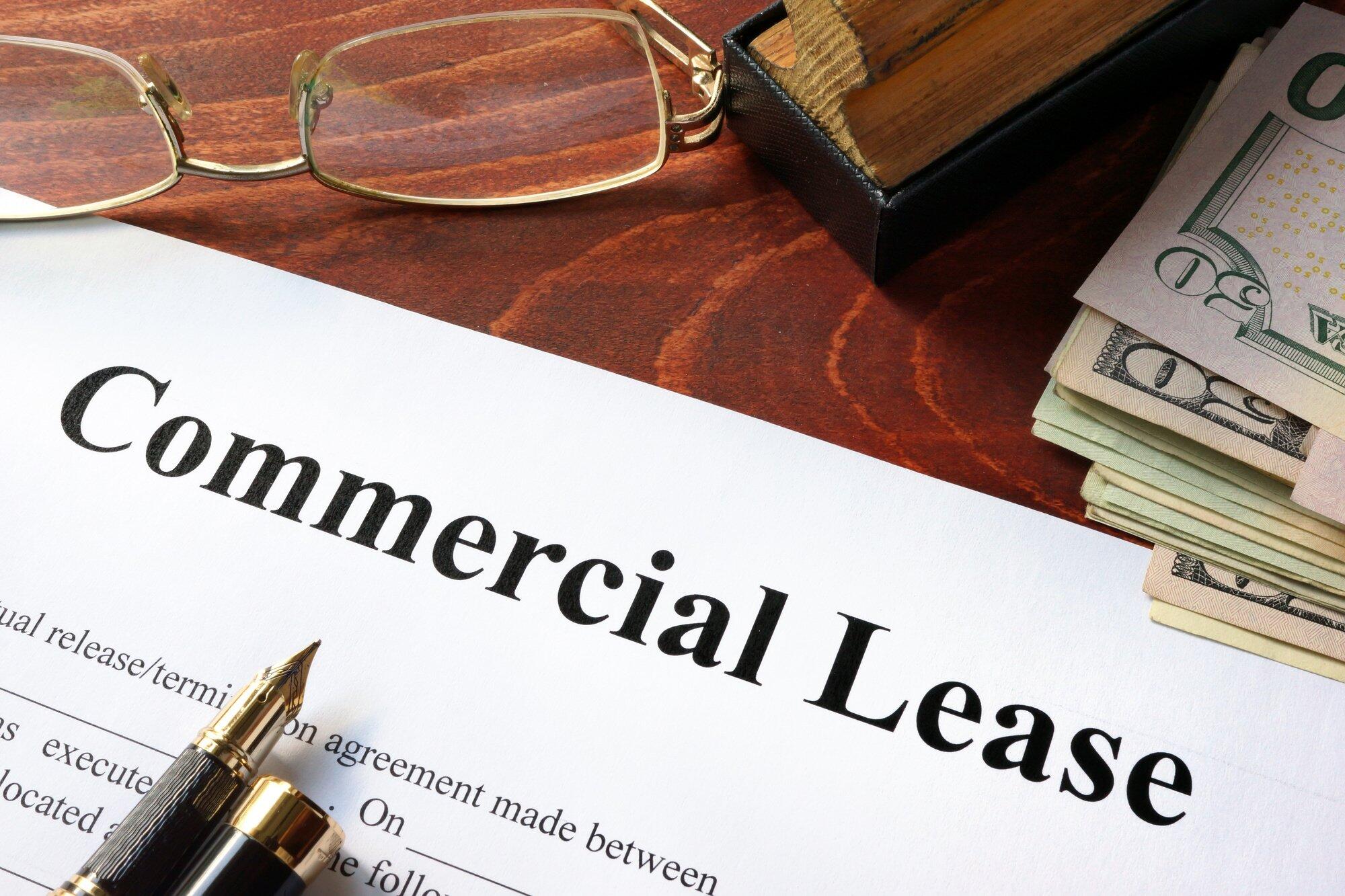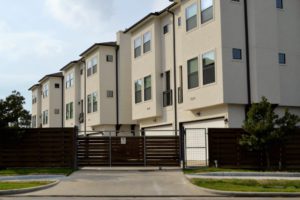Leasing commercial land is a big decision with far-reaching implications. Selecting the right parcel of land is a critical business move.
In this comprehensive guide, we’ll walk you through the necessary steps. This will ensure you make an informed choice and find the perfect commercial land for lease.
Read on to learn more!
Understand Your Business Requirements
The first step in the site selection process is understanding exactly what your business requires. There are several factors you’ll need to consider, including:
Flexibility and Growth
How scalable is your business, and can the land accommodate planned future expansions? Ensure the leased land is flexible enough to grow with your enterprise.
Assess whether the property allows for more construction, such as:
- adding new buildings
- expanding existing ones
Consider reconfiguring the space to adapt to changes in your business model. The ability to change your leased area in response to market trends. Look for leases that offer flexible terms to accommodate these future changes.
Zoning and Regulations
Are there any zoning ordinances or local regulations that might affect your business? Understanding these early in the process can save a lot of headaches.
Zoning laws and regulations are designed to separate different types of land use, such as:
- industrial
- commercial
- residential
Verify that the commercial land is zoned for your business’s intended use. Contact local planning or zoning boards for detailed information.
Access and Visibility
Certain businesses must have high foot and vehicle traffic. Ensure the land location provides visibility and accessibility to your target market.
Access and visibility are pivotal for businesses that rely on walk-in customers. The ideal location should be accessible by public transport.
This has ample customer parking and is visible from main roads or high-traffic areas. Check the accessibility for potential customers and deliveries.
Utilities and Infrastructure
Consider what utilities and infrastructure are necessary for your business. Ensure the land offers or can support high-speed internet, water, or electricity.
Utilities and infrastructure requirements are crucial in ensuring that your business operates. It’s essential to confirm the availability and reliability of fundamental services such as:
- electricity
- water supply
- sewage disposal
- telecommunications
Location, Location, Location
The old real estate adage is especially pertinent to commercial land. The location of your leased land can impact your business’s success.
Proximity to Customers and Suppliers
Consider the convenience for your customers and suppliers. Is the location central to their convenience, or can it be out of the way?
Selecting a location for your customer base and suppliers is crucial. This is for maintaining efficient operations and enhancing customer satisfaction. A site that is central to your target market increases the visits by customers.
Competition and Market Saturation
Is the area saturated with similar businesses, or is there room for your venture to fill a niche? Consider the competitive landscape before making your decision.
Analyzing the level of competition is a critical step in the site selection process. High competition can limit market share and affect business profitability. A low-competition area could indicate a lack of demand for your services or products.
Demographics and Target Audience
What are the demographics of the area? Does the location align with the preferences and needs of your target audience?
Understanding the demographics and target audience is integral to the success of your business. This involves analyzing the:
- local population’s age
- income levels
- spending habits
- lifestyle preferences
Transportation and Accessibility
How accessible is the location by road, rail, air, or sea? The easier it is to reach, the better it is for business.
Transportation and accessibility are not about the ease of reaching your business. They’re about ensuring seamless operations, inventory management, and customer satisfaction. A prime location supports efficient supply chain management.
Financial Analysis and Budget
Leasing commercial land is a significant financial commitment. Completing a thorough financial analysis ensures the investment aligns with your business goals.
Lease Terms and Pricing
What are the lease terms, and is the pricing competitive with the market? The key is to balance the initial cost with long-term value.
It’s essential to dissect the lease pricing structure, which may include:
- base rent,
- percentage rents
- pass-through costs
Scrutinize the lease agreement for escalation clauses that might increase costs. Another vital consideration is negotiating the length of the lease. Short-term leases offer flexibility but might come with higher per-annum costs.
Projected Costs for Development
Consider any costs associated with developing the land, such as:
- building construction
- site preparation
- facility installation
Projected development costs are a critical aspect of the financial planning process. Businesses must account for the expenses. This is related to customizing and developing the site to meet operational needs.
These costs can include:
- building construction or renovation
- landscaping
- parking lot installation
- utility upgrades
- installation of specialized facilities or equipment
Return on Investment
What are the expected returns from this leasing opportunity? Does the financial model project growth and profitability?
Evaluating the return on investment (ROI) associated with leasing commercial land is fundamental. The ROI calculation helps quantify the financial benefits of your business. It is expected to receive the money invested in leasing the land.
It involves analyzing the projected income of the location. This will generate compared to its total costs, including:
- lease payments
- development
- operational expenses
Environmental Factors
Understanding the environmental landscape of your leased land is crucial.
Environmental Assessments
Has the land undergone environmental assessments? Ask for these reports to understand potential issues and liabilities.
Environmental assessments are vital in the due diligence process for leasing commercial land. This is aimed at uncovering potential environmental hazards or liabilities.
Sustainability and Green Initiatives
Does the location support your business’s sustainability goals? Are there any green initiatives in the area that could benefit your business?
In today’s market, sustainability is not a buzzword but a crucial aspect of business operations. This can impact you:
- company’s public image
- operational efficiency
- bottom line
Aligning your business with a location that supports sustainability practices. Green initiatives can also offer many benefits.
Proximity to Hazards
Is the land located near any hazardous sites or known environmental risks? This could impact not only your operations but also your brand’s image.
Proximity to environmental hazards can impact desirability and safety. It is critical to investigate whether the property is near potential risks such as:
- industrial waste sites,
- chemical manufacturing facilities
- or flood zones
We need to relate these findings to the broader commercial real estate properties market. You should understand how your potential property compares to others.
Legal and Operational Considerations
Leasing land involves many legal and operational considerations. It must be explored before signing agreements.
Lease Agreements and Contracts
Are the lease terms fair and agreeable? Have a legal expert review the contract to ensure your rights are protected.
The lease agreement is the legal document. It outlines your commercial land leasing terms and conditions. A legal expert should review the contract.
Operational Logistics
Consider the land’s day-to-day operations. Will the location support your business requirements on staffing, deliveries, and customer service? The operational logistics can make your business successful.
Intellectual Property and Branding
What branding opportunities are associated with the location.? How can you protect your intellectual property? Ensure the land location allows for proper branding and protects your company’s:
- trademarks
- logos
- copyrights
Community Impact and Relationships
Your business is not an island; your community can influence your success. Generating positive community relationships is a strategic investment.
Community Engagement
What are the needs and opportunities for community engagement in the location? How can your business contribute to the local area?
Workforce Considerations
Is the location attractive to potential employees? Do you foresee challenges in recruiting and retaining a high-quality workforce?
Public Relations
Consider what public relations opportunities or challenges may arise from your chosen location. How will the community perceive your business, and vice versa?
Conducting Due Diligence
Conduct thorough due diligence on the land and the surrounding area. This step is crucial in avoiding unforeseen complications.
Site Visits and Inspections
Schedule many site visits to inspect the land and consider the best use of space for your business needs. Get professional inspections, such as structural and environmental assessments, to identify potential issues.
Evaluating Market Trends
Stay informed about current market trends in the area. Consider how they may impact your business operations and long-term success.
Seeking Expert Advice
Don’t hesitate to seek expert advice from:
- real estate professionals
- legal experts
- other businesses with experience
Their insights and guidance can be invaluable in making sound business decisions.
Talk to Neighbors and Nearby Businesses
Local insights can be invaluable. Speak with neighbors and business owners to understand their experiences and any issues.
Review Historical Data
Look into the land and area’s history. This may include:
- crime rates
- sales figures
- land’s geological stability
Choose the Best Commercial Land for Lease
Incorporating these considerations into your commercial land for lease process is essential. You’ll be better equipped to find a suitable plot and a strategic asset to propel your business.
Remember that the perfect land is about the dimensions or the scenery. It’s about how it aligns with your business’s vision, values, and practical needs. The right commercial land lease can be the foundation upon which your business.
For more helpful tips, check out the rest of our site today!





Be First to Comment